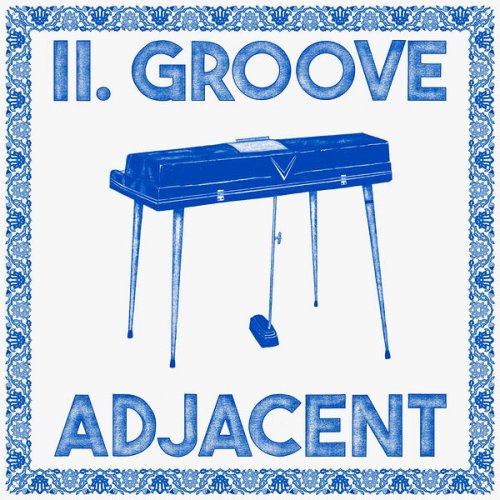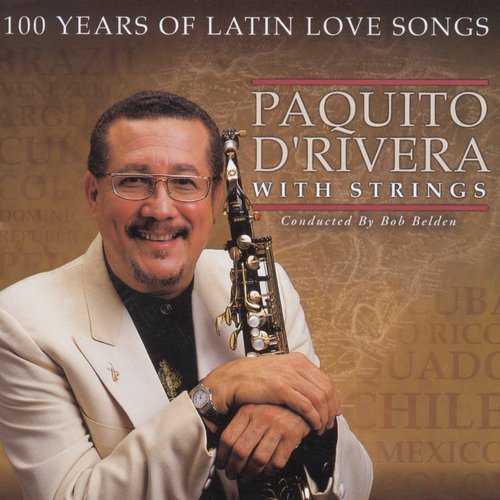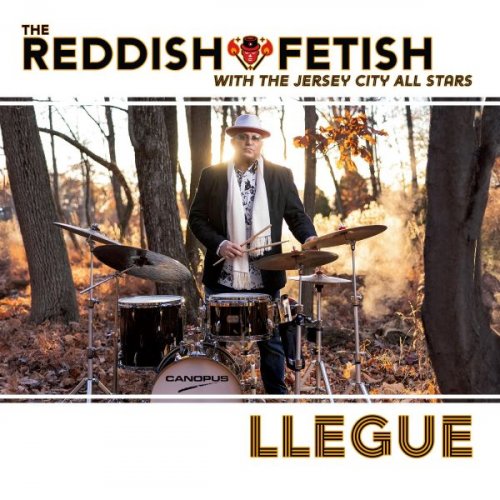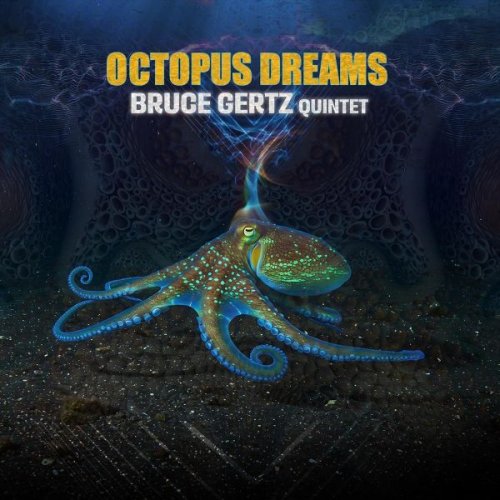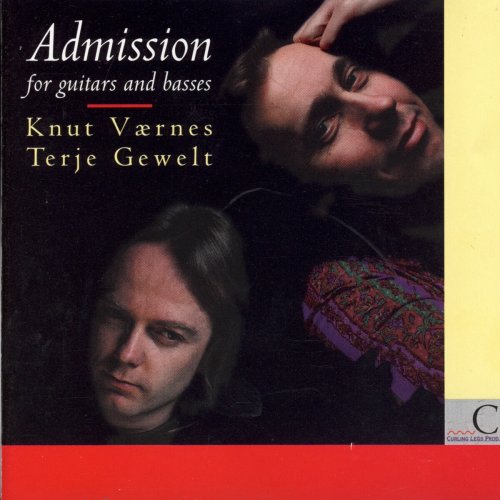Chor des Bayerischen Rundfunks & Howard Arman - Angelus ad Pastores - Weihnachtsgeschichte (2023) [Hi-Res]
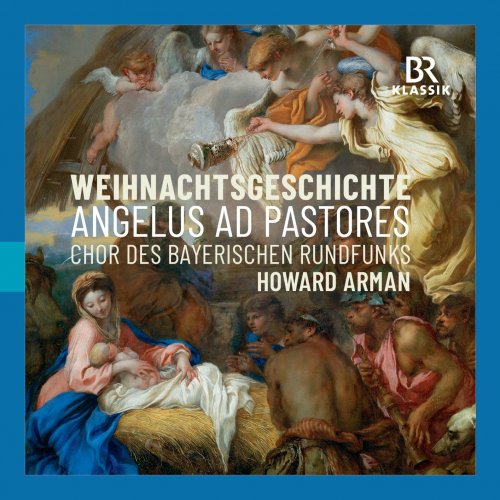
Artist: Chor des Bayerischen Rundfunks, Howard Arman
Title: Angelus ad Pastores - Weihnachtsgeschichte
Year Of Release: 2023
Label: BR-Klassik
Genre: Classical
Quality: FLAC (tracks) / 24bit-44.1kHz FLAC (tracks)
Total Time: 42:12
Total Size: 186 / 400 MB
WebSite: Album Preview
Tracklist:Title: Angelus ad Pastores - Weihnachtsgeschichte
Year Of Release: 2023
Label: BR-Klassik
Genre: Classical
Quality: FLAC (tracks) / 24bit-44.1kHz FLAC (tracks)
Total Time: 42:12
Total Size: 186 / 400 MB
WebSite: Album Preview
1. Arman: Weihnachtsgeschichte nach der apokryphen Offenbarung des Jakobus: I. Die Botschaft (3:07)
2. Schein: Veni redemptor genti (2:19)
3. Arman: Weihnachtsgeschichte nach der apokryphen Offenbarung des Jakobus: III. Der Streit (3:36)
4. Schein: Nun komm, der Heiden Heiland, Vers 1 - 2 (0:59)
5. Arman: Weihnachtsgeschichte nach der apokryphen Offenbarung des Jakobus: V. Der Traum (0:56)
6. Schein: Nun komm, der Heiden Heiland, Vers 3 (0:41)
7. Arman: Weihnachtsgeschichte nach der apokryphen Offenbarung des Jakobus: VII. Die Reise (2:26)
8. Zangius: Angelus ad pastores (2:10)
9. Schein: Nun komm, der Heiden Heiland, Vers 7 (0:28)
10. Arman: Weihnachtsgeschichte nach der apokryphen Offenbarung des Jakobus: X. Der Zeitstillstand (2:08)
11. Praetorius: Angelus ad pastores (3:00)
12. Arman: Weihnachtsgeschichte nach der apokryphen Offenbarung des Jakobus: XII. Die Hebamme (0:58)
13. Hassler: Angelus ad pastores (3:57)
14. Arman: Weihnachtsgeschichte nach der apokryphen Offenbarung des Jakobus: XIV. Die Hoehle (1:26)
15. Vulpius: Angelus ad pastores (3:58)
16. Arman: Weihnachtsgeschichte nach der apokryphen Offenbarung des Jakobus: XVI. Die Magier (3:37)
17. Anonymus: Da pacem Domine in diebus nostris (0:39)
18. Arman: Weihnachtsgeschichte nach der apokryphen Offenbarung des Jakobus: XVIII. Der Kindermord (0:41)
19. Schein: Verleih uns Frieden gnaediglich (0:41)
20. Praetorius: Agnus Dei super Angelus ad pastores (3:50)
21. Anonymus: Nun komm, der Heiden Heiland (0:47)
In the Revelation of James, an apocryphal gospel that was not included in the Bible, events and details surrounding the birth of Christ are reported that do not appear in the better-known versions of the Christmas story from the gospels of Matthew and Luke. In particular, it portrays very real people, full of emotions and conflicting feelings. Mary, not Jesus, is the focus of the narrative. The Christmas story is presented by James in a vivid, dramatic and almost theatrical manner. Howard Arman's Christmas Story follows the tradition of works such as Bach's "Christmas Oratorio", where newly-composed settings of the Gospel alternate with chorales. Here, Gregorian and polyphonic chorales as well as several motets from the 17th century are woven into Arman's composition and form a second narrative level. They frame the episodes of the Christmas story and can also be understood as musical reactions to the narrated events.
This new BR-KLASSIK alnum is complemented by the chorales from Peter Maxwell Davies' Christmas cantata "O magnum mysterium". Arman contrasts the powerful language and mysticism of James’ gospel by reducing musical means to their essentials: monophonic singing, syllabically conceived solo passages and, as the only accompanying instrument, a hurdy-gurdy, which with its monotonous, archaic sound represents a certain timelessness. All of this results in maximum text comprehensibility, whereby the emotional declamatory singing style almost makes the figures resemble characters in a stage play. A key moment is Joseph's vision shortly before the birth of Christ: time seems to stand still, and the mystical and sublime aspect of this scene is intensified by poetic words full of linguistic contrasts and contradictions. – The chorales and motets integrated into Arman’s Christmas Story gradually develop ever greater polyphony. Thus, three settings by Nicolaus Zangius, Hieronymus Praetorius and Hans Leo Hassler, scored for ever greater numbers of voices, lead to a fourth, ten-part composition by Melchior Vulpius, which concludes with the words "Peace on earth". In its formal layout, Arman's Christmas Story bears similarities to Peter Maxwell Davies' cantata "O magnum mysterium". This work, written in 1960 for the choirmaster of Manchester Cathedral, also consists of chorales and instrumental sonatas, although the order is not compulsory. The four a cappella chorales in particular constitute a self-contained unit in terms of both content and music.
This new BR-KLASSIK alnum is complemented by the chorales from Peter Maxwell Davies' Christmas cantata "O magnum mysterium". Arman contrasts the powerful language and mysticism of James’ gospel by reducing musical means to their essentials: monophonic singing, syllabically conceived solo passages and, as the only accompanying instrument, a hurdy-gurdy, which with its monotonous, archaic sound represents a certain timelessness. All of this results in maximum text comprehensibility, whereby the emotional declamatory singing style almost makes the figures resemble characters in a stage play. A key moment is Joseph's vision shortly before the birth of Christ: time seems to stand still, and the mystical and sublime aspect of this scene is intensified by poetic words full of linguistic contrasts and contradictions. – The chorales and motets integrated into Arman’s Christmas Story gradually develop ever greater polyphony. Thus, three settings by Nicolaus Zangius, Hieronymus Praetorius and Hans Leo Hassler, scored for ever greater numbers of voices, lead to a fourth, ten-part composition by Melchior Vulpius, which concludes with the words "Peace on earth". In its formal layout, Arman's Christmas Story bears similarities to Peter Maxwell Davies' cantata "O magnum mysterium". This work, written in 1960 for the choirmaster of Manchester Cathedral, also consists of chorales and instrumental sonatas, although the order is not compulsory. The four a cappella chorales in particular constitute a self-contained unit in terms of both content and music.
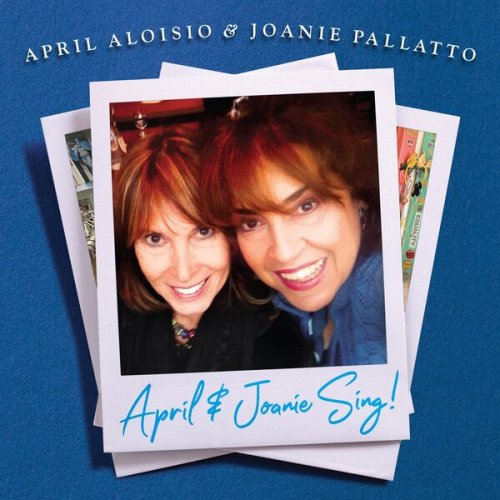
![Colin James & The Little Big Band - Christmas (2007) [CD Rip] Colin James & The Little Big Band - Christmas (2007) [CD Rip]](https://www.dibpic.com/uploads/posts/2025-12/1766507683_folder.jpg)
